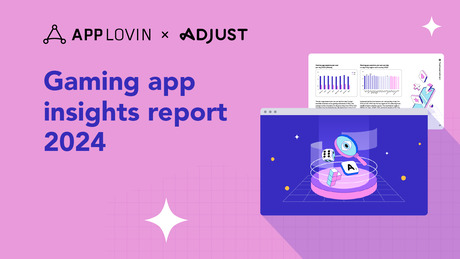Conversion Modeling
What is conversion modeling?
Because today’s complex digital landscape involves so many devices and points of entry, people often switch between devices and browsers, resulting in fragmented views of consumer behavior. Cookie restrictions, cross-device shopping, and privacy regulations, while a crucial part of protecting consumers – and not destabilizing their trust in OEMs, websites, and apps – have created gaps in measurement. This is where conversion modeling comes in.
Conversion modeling employs machine learning to quantify the impact of marketing efforts when not all conversions can be directly observed, using both directly observable data and historical trends to validate measurement. This approach ensures accurate measurement through aggregated and anonymized data while protecting individuals’ privacy
Why is conversion modeling important?
Accurate measurement is crucial for informed decision-making and optimization. Conversion modeling has proven effective in deriving insights from limited data. As gaps in online measurement increase, website conversion measurement can benefit greatly from ethical, smartly applied machine learning.
Leveraging high-quality data across platforms, devices, browsers, and operating systems is essential for reliable modeling. By incorporating machine learning, observable signals such as device, date, time, and conversion type can be analyzed to model across campaigns. This reduces uncertainty and adapts to evolving measurement expectations.
With measurement changes and privacy concerns, marketers have an opportunity to embrace data-driven marketing, and capture a complete view of business performance assisted by conversion modeling.

